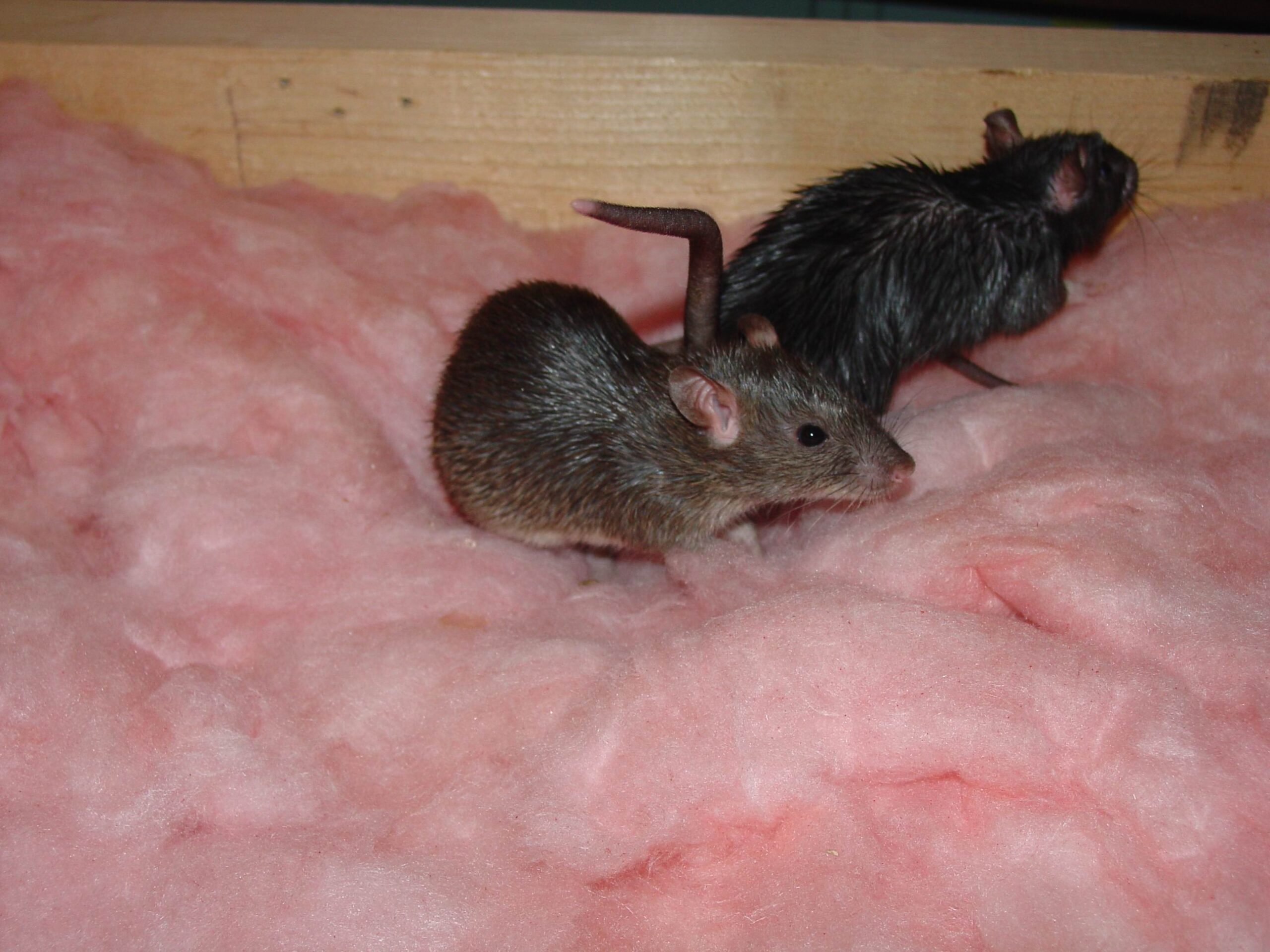The conventional wisdom is that you need rat removal most often during the winter after the rats have sought shelter from the cold inside your house. This may be true, but it is not necessarily the whole story. Rats are most active during the summer, and during this time, they may find their way inside your home or outbuildings on your property.
What Are Rats Doing During the Summer?
Rats do not hibernate, but they become more active during the summer. Food is readily available, so they spend most of their time outside foraging. Rats don’t have a specific mating season. They breed throughout the year, but during the summer, they are more likely to look for new places to nest and raise offspring.
As long as the weather stays mild and warm, rats may be satisfied to find a nest outside. However, hot weather can produce summer storms that can drive rats out of the burrows outside and send them looking for a more permanent type of shelter. They may find it inside your home.
What Attracts Rats to Human Homes?
Like many mammals, rats find food primarily through their sense of smell. They may be attracted by the smell of organic decaying matter, which during the summer is likely to come from compost bins or yard waste.
Once on the property, rats may try to get inside your home to find relief from the heat. If there are holes or gaps in the exterior of your home, they can feel the cool breeze from the air conditioner coming out from the inside. If the holes are the size of a quarter or larger, the rats can squeeze through to get inside your home. Once inside, the rats are likely to seek out the coolest places they can find, such as the basement.
Rats inside your home won’t waste any time in starting to breed. It is likely that some are already pregnant by the time they move in. As the weather turns colder at summer’s end, they’ll need shelter from the cold, meaning that they and their ever-growing family are likely to move to warmer spots, such as the attic. They’ll get from the basement to the attic by crawling inside the wall voids, and some may stop along the way to make nests there.
What Are the Signs of a Rat Infestation?
The signs of a rat infestation depend on where they are living. If they are outside, you may find burrows dug in compost heaps or holes around your yard, especially near air-conditioner boxes and fences, where they have dug tunnels.
If the rats have made it inside your home, you may find greasy trails along the walls. Rats are prey animals with relatively poor eyesight, so instead of going out in the open, they like to make their way by staying close to the walls. Their dirty fur brushes against the walls and leaves traces behind.
Rats tend to follow the same route to get around, so you may find tracks where they have been. In addition to footprints, you may find a long track left by their tail. It is also common to find rat feces, which are brown cylindrical shapes with tapered ends that can be up to one-half of an inch long. Be careful cleaning these up as they can release aerosolized hantavirus into the air.
Rats are nocturnal, so it is rare for you to see them. However, you may hear them as they gnaw on things such as electrical wires and insulation to keep their front teeth filed down and to find nesting material.
Skedaddle performs many services related to wildlife control in Coquitlam. Rat removal is only one of them. Find out more about the services we offer in your area.




